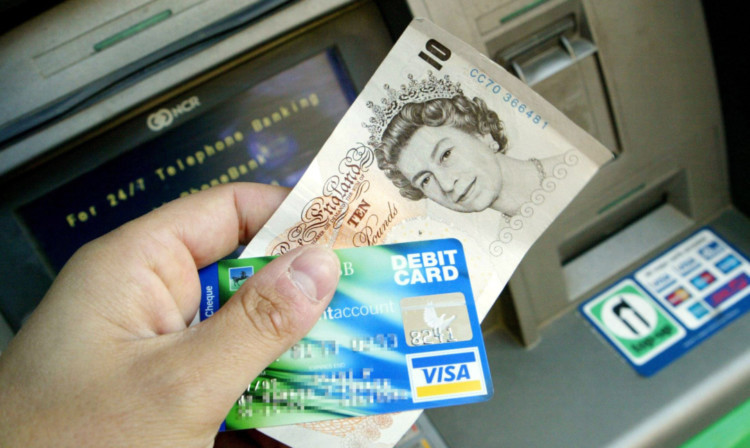Contactless cards, self-service tills and online shopping are slowing consumers’ use of cash, according to a “milestone” new study by the British Retail Consortium.
Research revealed debit cards were used in sales accounting for half the value of all retail purchases made during 2013, a rise of 11% over the last five years.
Use of cash has declined by 14% over the same period.
The value of the average debit card transaction has also fallen.
The BRC’s Payments Survey examined 60% of the £191 billion spent in the shops last year.
It found consumers used credit cards less frequently but for higher sums, suggesting “more considered purchasing”, but also railed against an 18% increase in the average payment cost to retailers since 2008, with an average charge of just above 40p.
Scottish Retail Consortium director David Lonsdale said the declining influence of cash was “a milestone in the development of our digital economy”, but stressed that hard currency was still dominant when it came to the overall number of sales.
He said changes in spending habits spoke of customers continuing to managing their finances tightly.
“This is very much in line with the attention customers have paid to price and value during the recent economic uncertainty as they have sought to minimise payments from their budgets for everyday items,” Mr Lonsdale commented.
“The recent pattern of spending on larger but fewer products on credit cards shows that customers are now feeling more confident than they did a year ago and reflects the wider consumer outlook of cautious growth,” he added.
BRC director-general Helen Dickinson said she was “really disappointed” by the increased cost to shopkeepers of allowing their customers to pay by plastic.
“Interchange fees cost the retail industry and its customers almost £1 billion in 2013,” she said.
“The much-welcomed European proposals to cap how much banks can charge retailers to process card payments are close to final approval. But in the meantime, we continue to work with the UK Government and Payment System regulator to implement caps on UK fees without further delay, as has happened in other European countries.”
